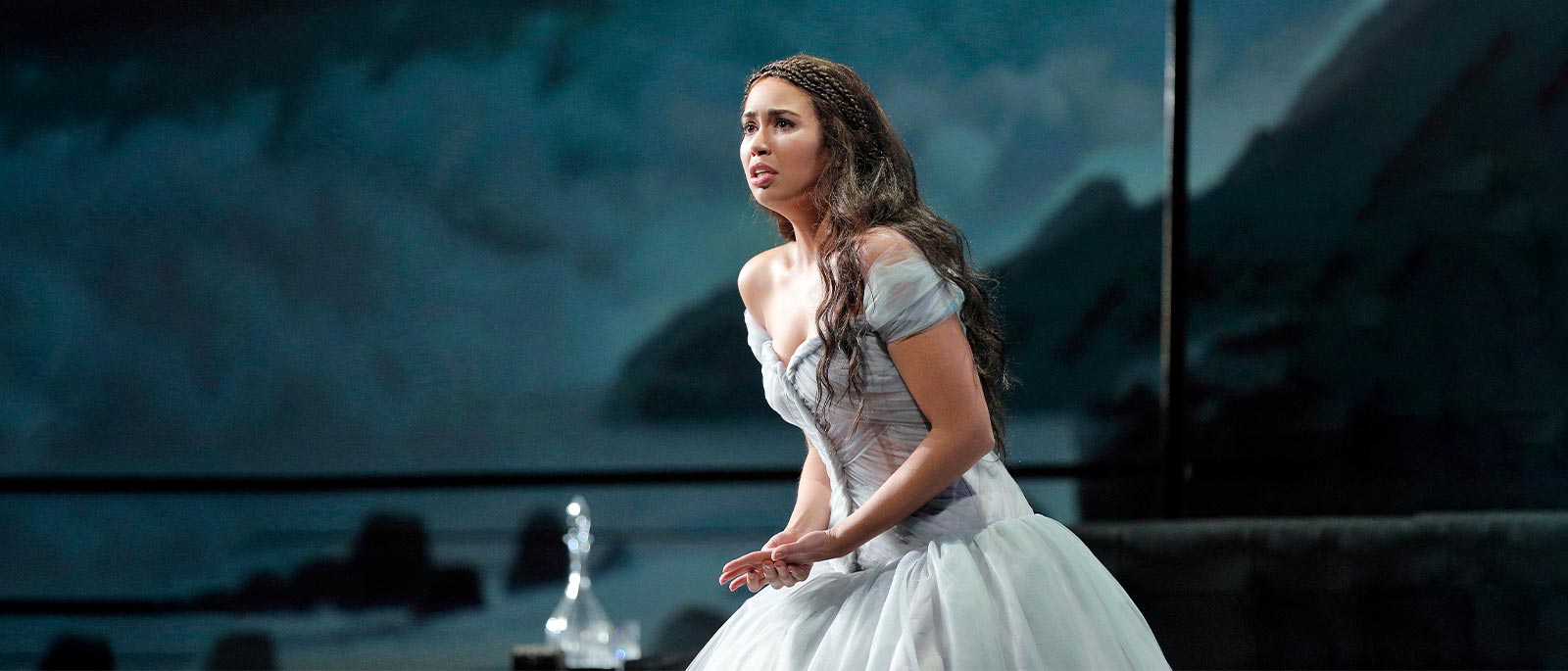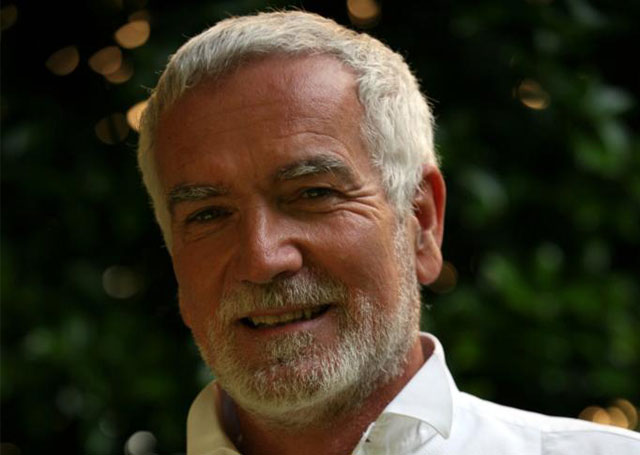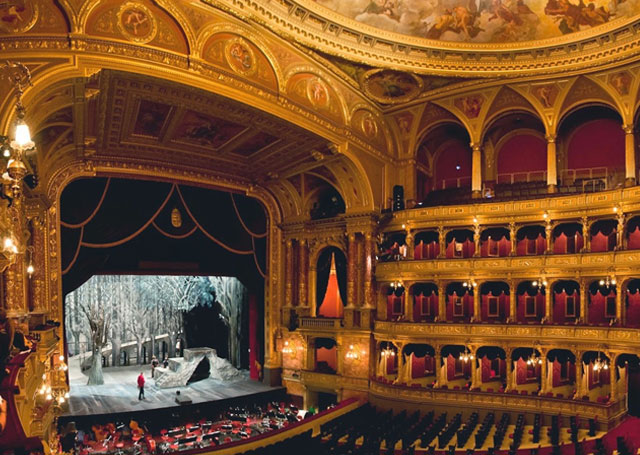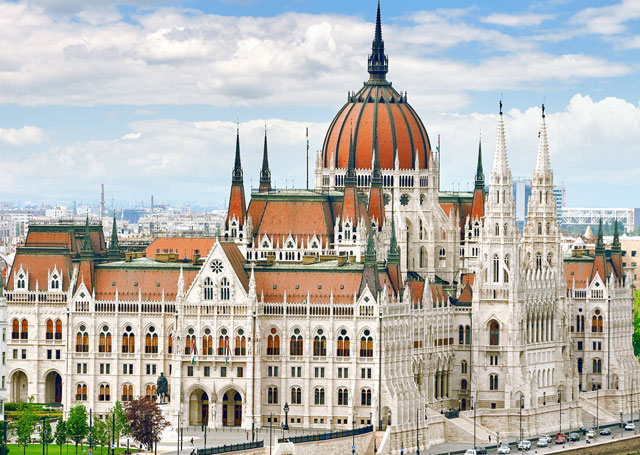LUCIA DI LAMMERMOOR
Set in nineteenth-century Scotland, Lucia di Lammermoor tells the emotional tale of Lucia, a woman who is constantly manipulated by the men in her life. When she gets caught up in a family feud by falling in love with their sworn enemy, Lucia is pushed to her limit and finally decides to take control of her situation, with tragic consequences for the life of her new husband and her sanity.
The opera is perhaps most famous for the third act’s ‘mad scene’, in which Lucia descends into insanity. The mad scene was a popular convention in the bel canto era of opera, especially amongst French and Italian composers.
Donizetti’s compelling romantic drama Lucia di Lammermoor is an example of the bel canto school of 19th-century Italian opera.
Lucia di Lammermoor is one of the most performed operas of belcanto and thus a title that a conductor must have in repertoire.
With the guide of Antonello Allemandi, who conducted this opera more than 100 times in the most prestigious opera houses, the students will discover all the “secrets” of an experienced conductor and all the traditions that they cannot find on the score.


OPPORTUNITIES RESERVED TO OUR STUDENTS
Maestro Allemandi will conduct Lucia at Budapest State Opera House on October 29 and November 6, 11, 13 and 18.
The selected students will have the opportunity to assist the Maestro and work with him in the magnificent Opera House of Budapest, an opportunity reserved only to our students.
Working day after day to the creation of Lucia di Lammermoor, assisting to all the phases of the creation of the opera, from the first rehearsals with the singers to the performance, is a unique experience that only a few students can have.
Living the opera house is also the best way to meet the people with whom you will work in the future, singers, directors, musicians of the orchestra.
The organization will help the students with logistics and in organizing their trip. Free accommodation for one week (6 nights) will be also provided, everything else is up to the students.
HUNGARIAN STATE OPERA HOUSE
Designed by Miklós Ybl, who also planned St.Stephen’s Basilica (Szent István Bazilika), the Hungarian State Opera opened in 1884, the Opera is also home to the Hungarian National Ballet founded the same year.
Renovated and reopened in 2013, the formerly named People’s Opera once hosted the likes of Toscanini, Nijinsky and the Ballets Russes, Ella Fitzgerald and Béla Bartók. The Erkel Theatre has been operating under the same umbrella as the Opera House since 1951, and its current agenda features classical concerts, ballet, musicals and opera.
The performances of the Opera House quickly gained a reputation for excellence in a repertory of about 45 to 50 operas and about 130 annual performances.


BUDAPEST
The city of Liszt and Bartók, Budapest showcases classical concerts of the highest quality, the world’s most talented conductors, singers and musicians performing at venerable venues.
The Music Academy founded by Liszt himself along with nearby Hungarian State Opera and the new Palace of Arts represent well today’s Hungarian music scene.
Hungarian State Opera has gained a reputation as one of the finest opera houses in the world.
Budapest is also home to the Hungarian National Philharmonic, whose music director until is recent death was the legendary Zoltán Kocsis, as well as Budapest Festival Orchestra whose founder and music director is Ivan Fischer, Hungarian Radio Symphony Orchestra founded by Ernst von Dohnányi in 1943.